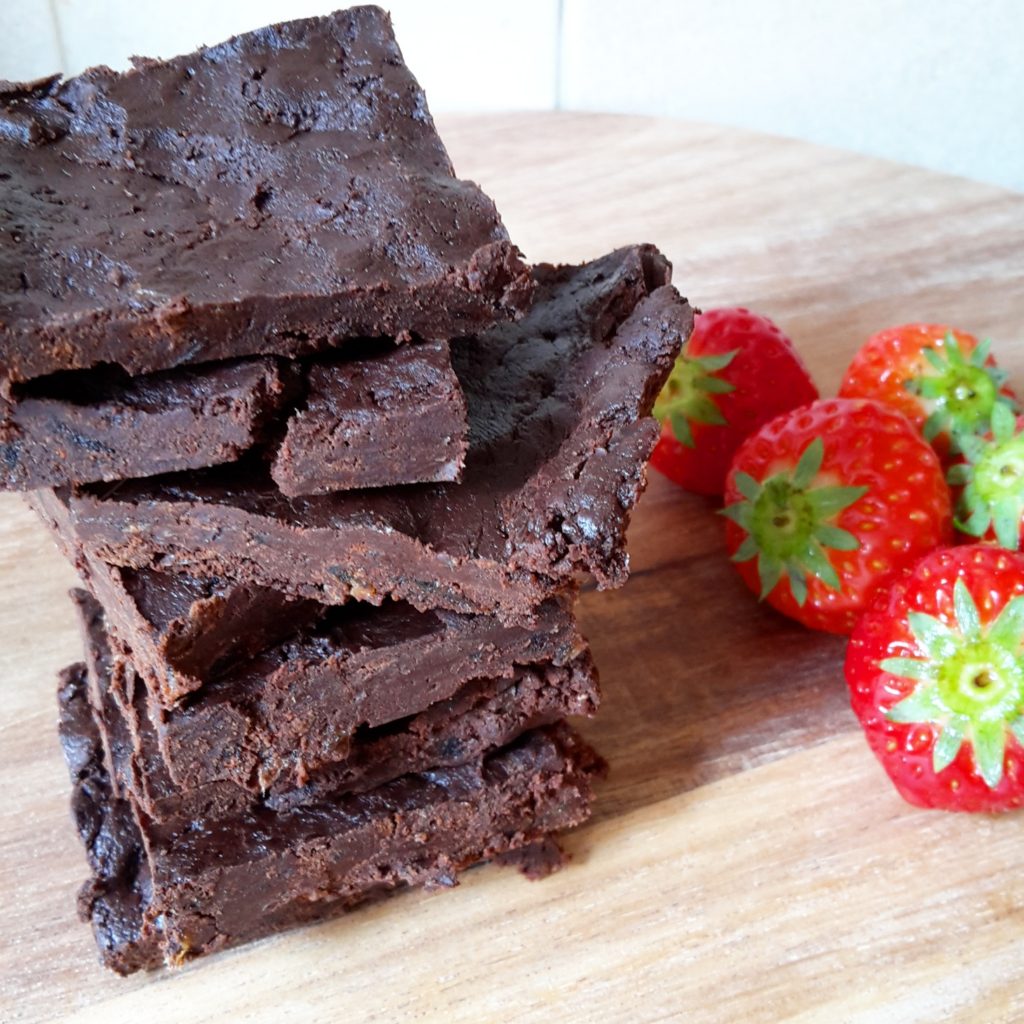
If you ask someone what their favorite sweet treat is, they’re likely to say chocolate. Whether it’s the delightful sweetness of milk chocolate or the bitterness of dark chocolate, both can provide you with a serotonin boost. This can be exactly what you need when you’re relaxing in the evening, or you want to comfort eat after a stressful day.
But as we indulge in this sweet delight, a dilemma arises—what impact does chocolate have on our dental health? Unfortunately, this delicious snack can contribute to a variety of dental issues. Let’s unravel the sweet mystery, finding a balance between savoring the sweetness and preserving our pearly whites.
The Tempting Delight: Why We Love Chocolate
Chocolate, with its smooth texture and heavenly taste, has an undeniable allure. It’s not just a treat for the taste buds; it’s a psychological pleasure. From its historical significance to its cultural impact, chocolate is more than a confection—it’s an experience that spans centuries and continents.
In particular, chocolate can help you when you feel down. You can turn to food for comfort and to provide you with some dopamine. Indeed, the sugar contained in chocolate makes it almost addictive too. You can crave more once you’re finished.
The Science Behind Dental Health and Chocolate
To understand the sweet dilemma, let’s delve into the science. Our journey begins with tooth enamel—the guardian of our teeth. Unfortunately, sugar plays a role in tooth decay. This is due to bacteria in the mouth and how they metabolize sugar. In particular, they create an acid, which can damage the enamel on your teeth.
What’s so important about enamel? This is the protective layer on your teeth. Once this is worn down over time, it means that your teeth are vulnerable. This is when they can break and fall out. Indeed, some people notice that chocolate can cause tooth pain. Indeed, this sensitivity can be a result of tooth decay and the wearing down of the protective layers of the teeth.
Types of Chocolate and Their Dental Impact
Dark, milk, white—what’s the dental verdict on these chocolate varieties? We’ll dissect each type, exploring the tooth-friendly and tooth-unfriendly components. It’s time to find out if your chocolate preference is in harmony with your dental well-being.
First, let’s start with dark chocolate. This is one that can be an acquired taste, but it does contain less sugar. Consequently, it might not be as bad for your teeth if you eat this in moderation. Of course, if you indulge and don’t look after your teeth, such as skipping brushing, it can still cause issues.
Then, you have milk chocolate. This will contain more sugar, which can create a higher risk of tooth decay. However, some people will argue that it does have a higher calcium content. So, it could provide this mineral, which is good for your teeth. Again, the key will be moderation.
Generally, it’s agreed that white chocolate is the worst of the three types. It’s going to contain a lot of sugar, which isn’t good for your health or your teeth. Plus, it’s unlikely to contain a lot of calcium. Yes, it might be delicious, but it’s something that you definitely want to eat as a treat every now and again.
Strategies for Enjoying Chocolate Mindfully
Moderation is the key to enjoying chocolate without compromising dental health. We’ll share tips on finding the sweet spot, incorporating chocolate into a dental-friendly diet, and reducing the impact on your pearly whites. It’s all about savouring the sweetness responsibly.
Again, we’ve touched on it already. But chocolate is something to eat in moderation. We’re talking about treating it as a one-off snack every now and again. You can savour the moment when you do have it and save chocolate for when you really deserve something different.
Something else you can do is brush your teeth after eating chocolate. This can get rid of the sugar that’s on the surface of your teeth, and that can lead to the enamel breaking down. It’s also advisable to use a mouthwash. But, you should wait around 30 minutes after having this treat before you brush and use mouthwash.
Conclusion
In this sweet journey through the world of chocolate and dental health, we’ve uncovered the science, explored the types, and learned strategies for mindful indulgence. As we wrap up, remember—the sweet dilemma is real, but with moderation and dental awareness, you can have your chocolate and protect your smile too.
Post in collaboration